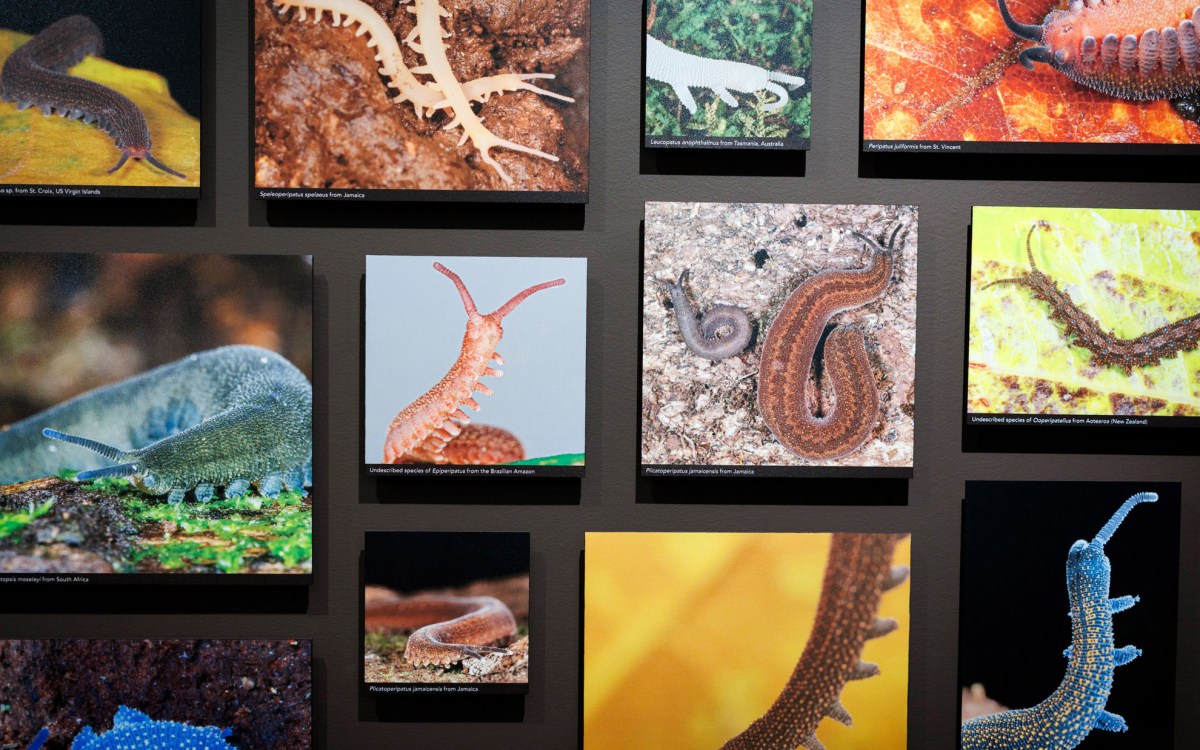Lewis explores music in early sound films
“I didn’t expect to work on film music at first,” says music graduate student Hannah Lewis, “but I became fascinated by the intersections between music and visual media, especially the transition from silent to synchronized sound film.
“The role of music in film changed completely. When there was a live orchestra, organ, or piano accompanying silent film, the experience of movie-going was partially a live experience. Once there was synchronized sound, the experience was entirely mediated, which meant that the spectator’s film-going experience was very different. But it also meant that the director suddenly had more control over music. Music could become an essential component of a film from its conception.”
Sound film practices had basically solidified by 1934, leaving a brief eight years from the advent of synchronized sound to the time when sounds in movies most often took the “realistic” narrative form we are accustomed to. It is this brief period of experimentation that has become the focus of Lewis’ dissertation.
“There was an aesthetic unsettledness at that time; people understood music’s role in different ways. There wasn’t yet the assumption that we must see someone and hear his or her voice at the same time to seem natural. There could be an artificial connection. Clair, for example, filmed a chase scene to which he added the sound of crowds cheering at a rugby match. There was no attempt to represent reality; the sound made its own statement separately from the image.”





